Nothing takes its first step into high-end audio with the new over-ear wireless Headphone (1)
Created in partnership with KEF, the Nothing Headphone (1) is designed to shake up the sector and present over-ear audio in a wholly new way
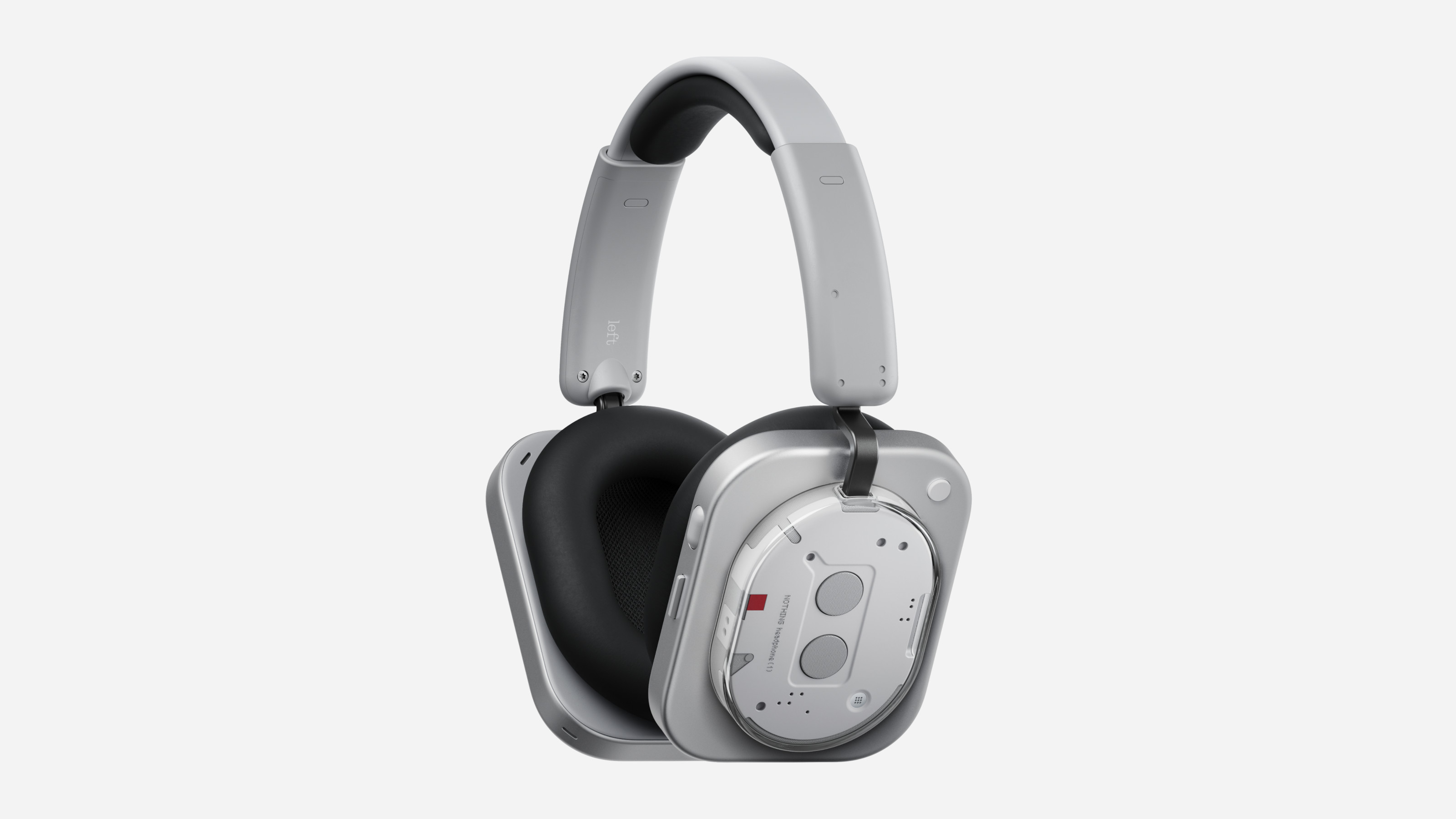
The new Headphone (1), alongside the brand-new flagship Phone (3) were revealed to the Nothing faithful at a sweltering event near London’s 02. It’s clear that the company is building cultish momentum. The show wasn’t quite on the same scale as Apple’s momentous, headline-making keynotes, but it was a serious step up from the modest-scaled company’s other product launches.
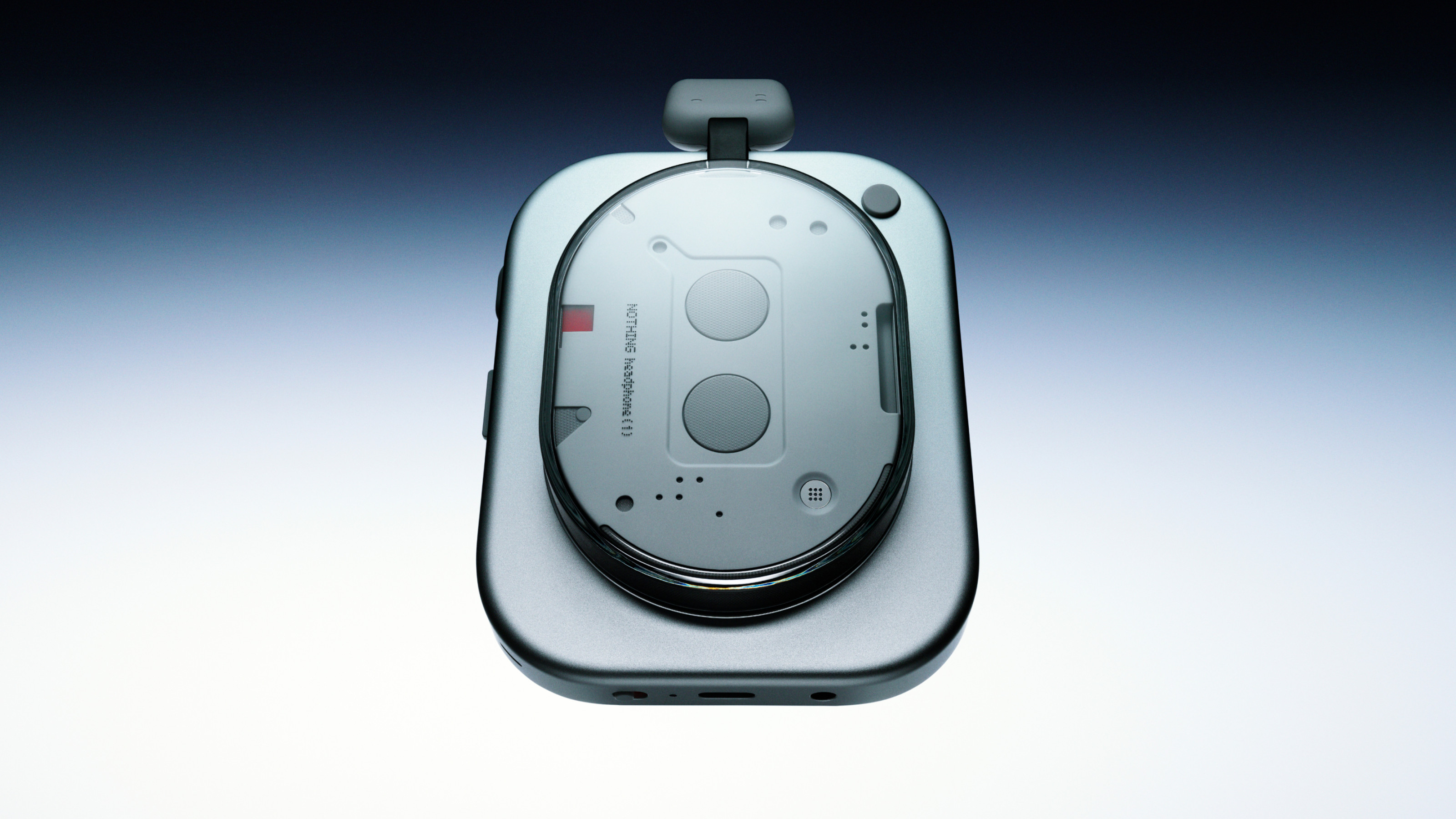
Nothing Headphone (1) in white
Carl Pei, who founded Nothing in 2020, took to the stage to talk through the feature set of both products, but not before re-stating the company ethos. ‘Tech today feels more like a trap than a tool,’ Pei told the assembled media. ‘We’re still stuck on tapping on apps, on screens… smartphones have become engines for doomscrolling. Tech is doing the opposite of making us feel creative.’
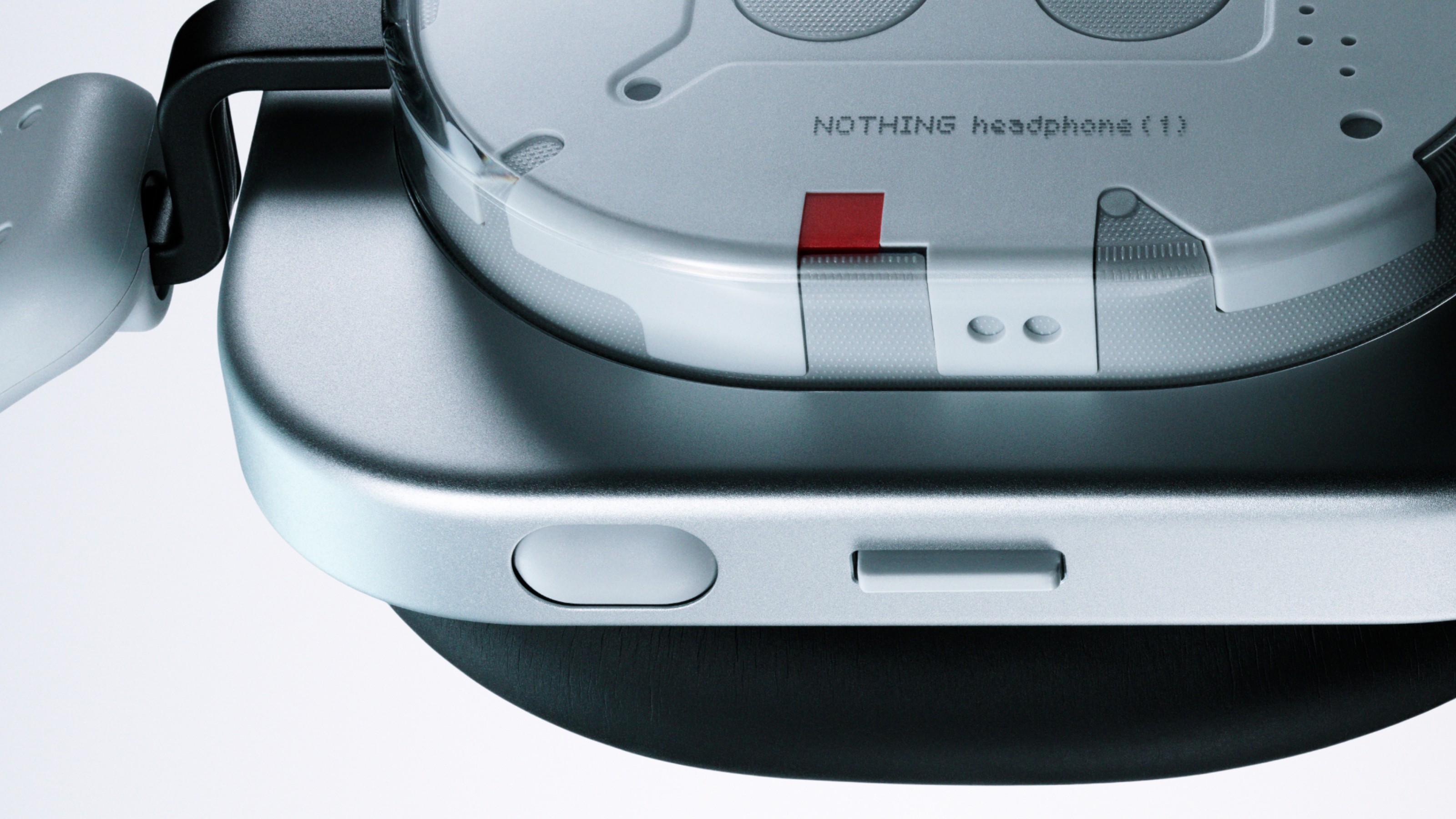
Nothing Headphone (1) in white
Nothing was established to counter this image, starting from the premise ‘what if tech could feel exciting again?’ ‘We started with design – creating products that were iconic and could be recognised from 10m away,’ Pei continues. ‘We then translated our hardware design language to software. In just four years we’ve built a product eco-system that spans smartphones and headphones – we’ve created a brand that stands out in a sea of sameness.’
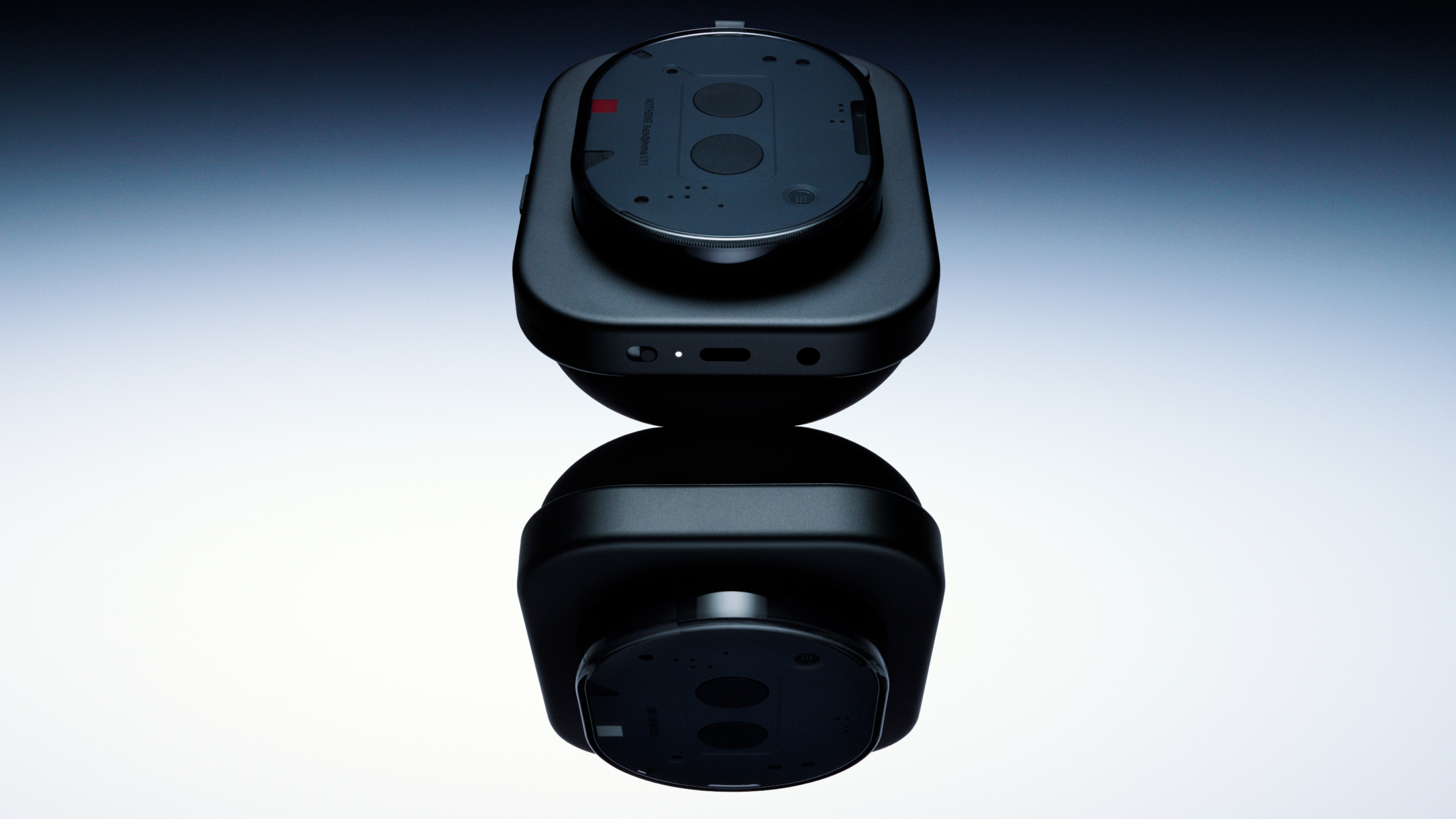
Nothing Headphone (1) in black
It’s a fairly remarkable story, taking a tech start-up from, well, nothing, to over $1 billion in revenue in just five years but it’s worth remembering that Nothing has just 0.2 per cent of the market. The major players aren’t going anywhere soon. However, the huge scale of the market does give Nothing scope for expansion, especially with its rare and dedicated focus on community, design and longevity.
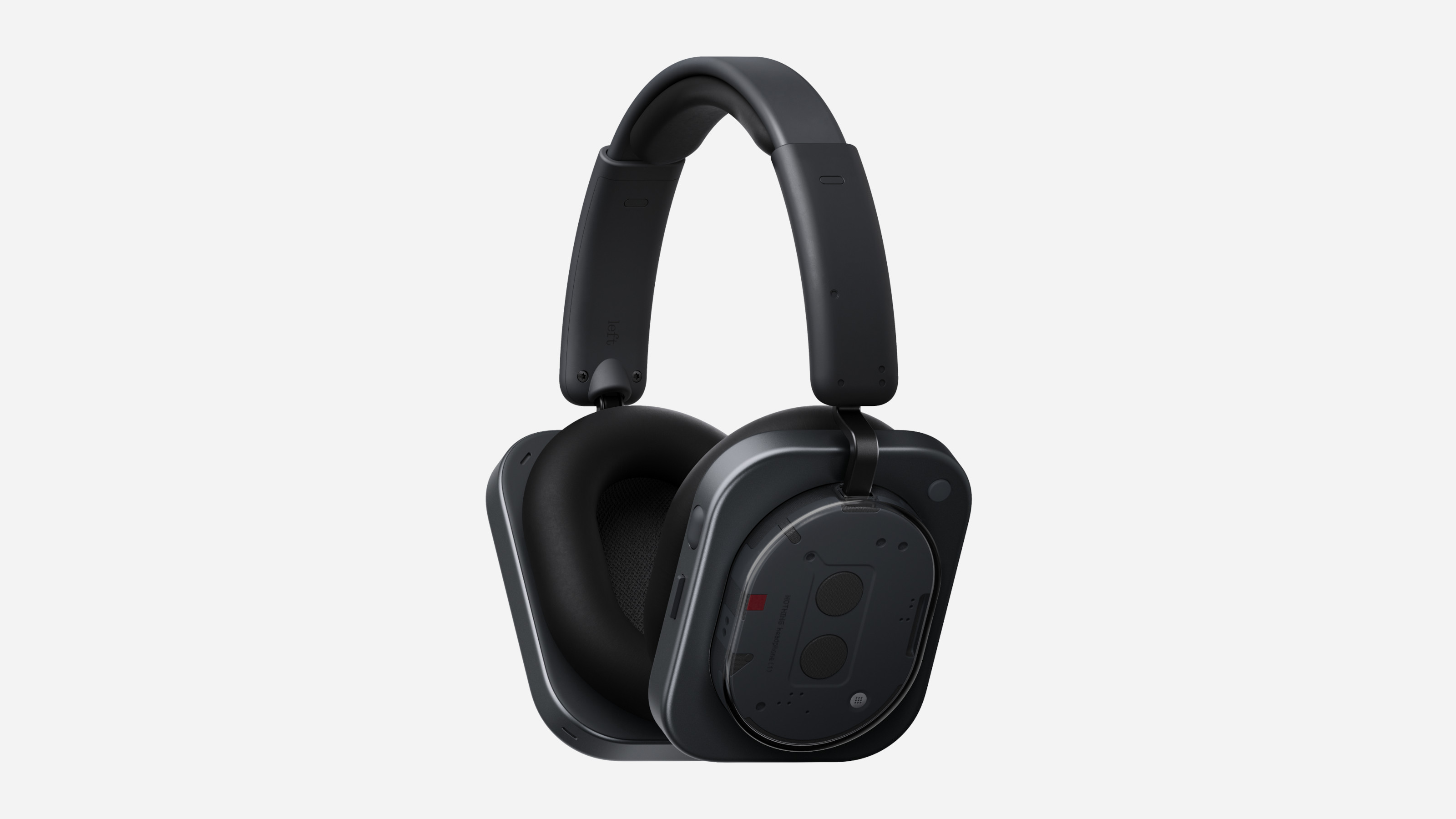
Nothing Headphone (1) in black
‘All our earlier products were in mature categories like smartphones and earbuds,’ Pei admits, ‘Now we’re taking more risks, first with ear (open) then with our own Essential Space AI. Now it’s time for us to shift from being followers of the market to being innovators. We have to focus on software – it goes hand in hand with hardware.’
Pei describes these two launches as Nothing’s ‘two most ambitious products to date’, a pair of high-end headphones and the brand's first true flagship smartphone. ‘With Headphone (1) we wanted to create something radically different,’ Pei says. ‘It’s a new expression of transparency, with the circle devices represented [by] the acoustic chambers.’ With a bold use of aluminium, quirky details and geometric touches, Headphone (1) presents what Pei describes as ‘a showcase for architectural precision’.
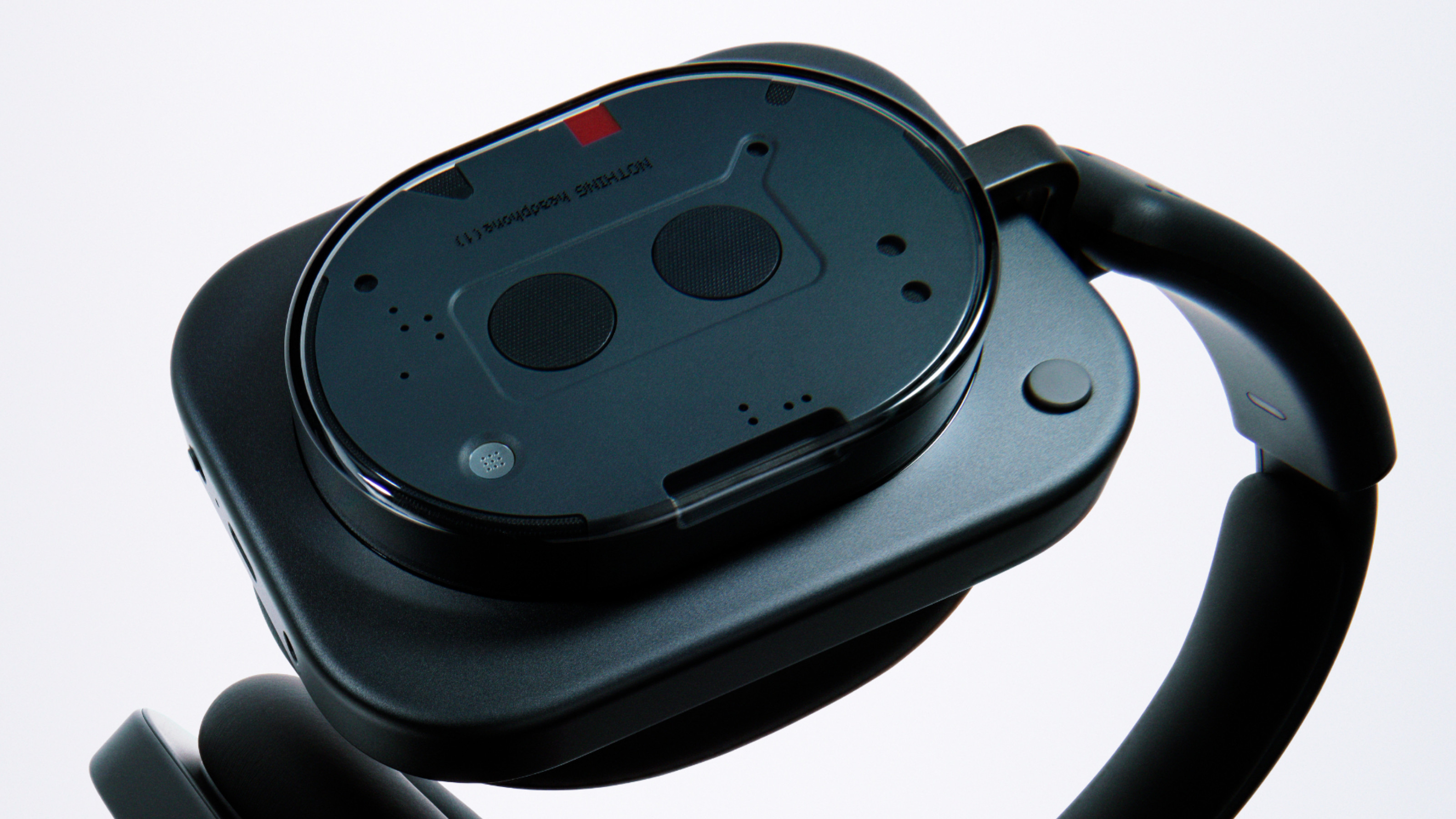
Nothing Headphone (1) in black
Another departure for the Headphone (1) is the reliance on clear physical controls. As well as a central ‘Button’, fully customisable in the Nothing X app, there’s also a Roller control for volume and switching noise-cancelling on and off and a Paddle for navigating. ‘Controls are guesswork on most headphones today,’ Pei says. ‘We wanted to make it a lot more intuitive with Headphone (1).’
Receive our daily digest of inspiration, escapism and design stories from around the world direct to your inbox.
Tactile, easy to find and fully programmable, the controls give swift access to virtual assistants, different audio apps and event ChatGPT. There’s also Essential Space, Nothing’s new voice memo, which can be triggered with the Button.
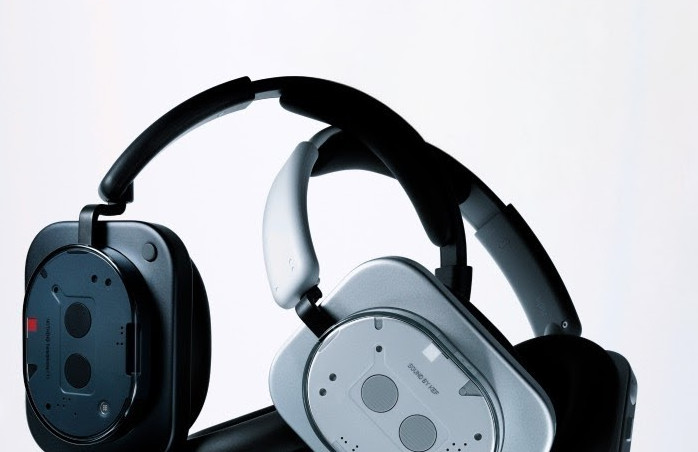
Nothing Headphone (1)
‘With Headphone (1), we set out to create something that doesn’t just sound great, it feels different the moment you pick it up,’ said Adam Bates, head of design at Nothing. ‘From the tactile controls to the transparent construction, every detail is intentional. Interaction has become an afterthought [with headphones], so we’ve done the opposite, with controls that are right where you expect them to be.’ The KEF partnership is also significant.
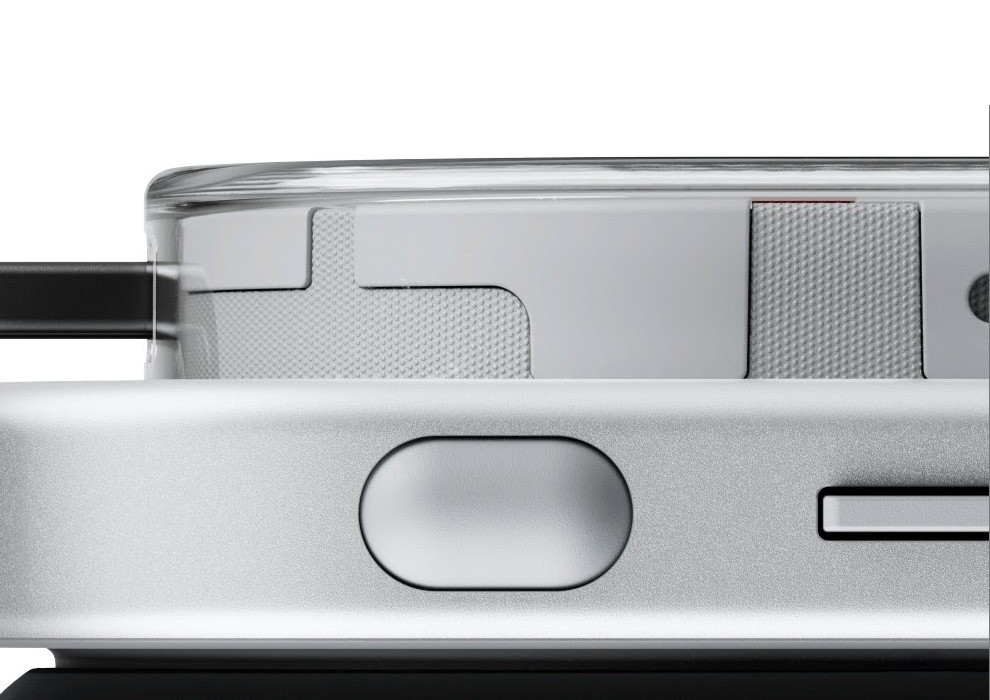
The roller control on Nothing Headphone (1)
‘We’re new to this category, so we wanted to treat sound with a lot of respect,’ Bates explains. KEF’s 60-plus years of experience were put to use honing the headphone acoustics. The result is a custom 40mm driver, with dimensions that are larger than normal to be more precise and responsive than competitors. AI-powered active noise cancellation scans the environment to dynamically adapt in real time to external sounds.
Other features include hi-res audio support and spatial audio, creating a shifting 360-degree soundstage. Old-school users will appreciate the inclusion of a 3.5mm jack, while the Nothing X app allows for eight-band EQ tweaking as well as custom presets that have been tuned by KEF. In total, Headphone (1) can provide up to 80 hours of listening without ANC, or 35 hours with noise cancelling engaged. It takes five minutes to provide 2.4 hours of playback.
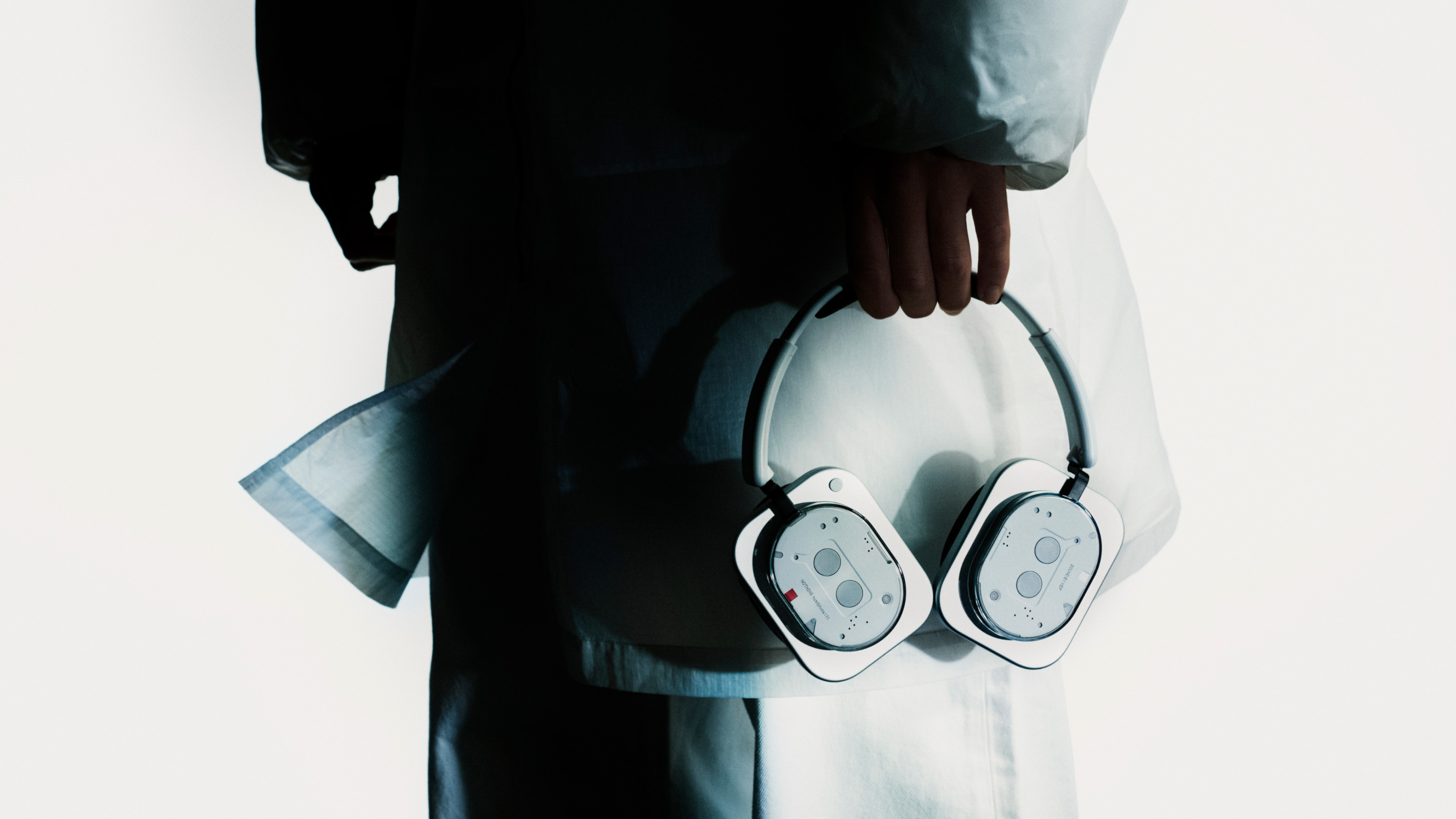
The new Nothing Headphone (1)
Sound quality is fantastic and the physicality of the buttons and even the headphones themselves makes for a welcome change from the regular form factor. Nothing’s ‘transparent’ aesthetic is still an acquired taste for some, but the company has consistently paired its innovative design language with hardware and software that really delivers, usually at an impressive price. Five years after the company was founded to divert and disrupt the tech industry, it’s pleasing to see that Nothing is still able to surprise.
Nothing Headphone (1), available in black and white, £299 / $299 / €299, nothing.tech, @nothing
Jonathan Bell has written for Wallpaper* magazine since 1999, covering everything from architecture and transport design to books, tech and graphic design. He is now the magazine’s Transport and Technology Editor. Jonathan has written and edited 15 books, including Concept Car Design, 21st Century House, and The New Modern House. He is also the host of Wallpaper’s first podcast.
-
 Fulham FC’s new Riverside Stand by Populous reshapes the match-day experience and beyond
Fulham FC’s new Riverside Stand by Populous reshapes the match-day experience and beyondPopulous has transformed Fulham FC’s image with a glamorous new stand, part of its mission to create the next generation of entertainment architecture, from London to Rome and Riyadh
-
 A contemporary Mexican hotel emerges from a 16th-century ruin in Mérida
A contemporary Mexican hotel emerges from a 16th-century ruin in MéridaA renovation project by Zeller & Moye, Mérida’s new Hotel Sevilla wears its architectural interventions lightly, mixing new brutalist elements into listed interiors and a palm-filled courtyard
-
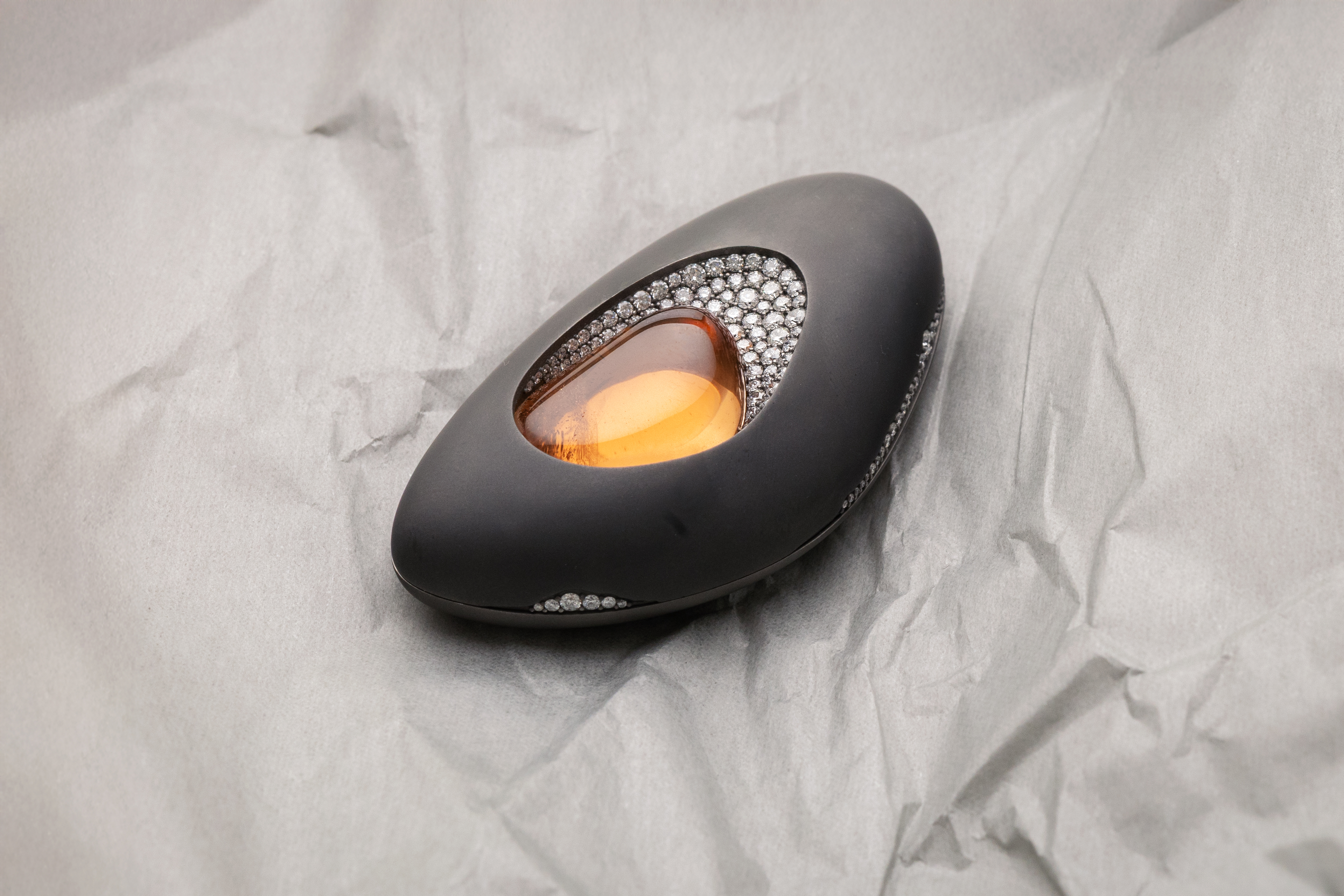 Discover the cool and offbeat designs of jeweller Inesa Kovalova
Discover the cool and offbeat designs of jeweller Inesa KovalovaInesa Kovalova's jewellery celebrates a mix of mediums and materials
-
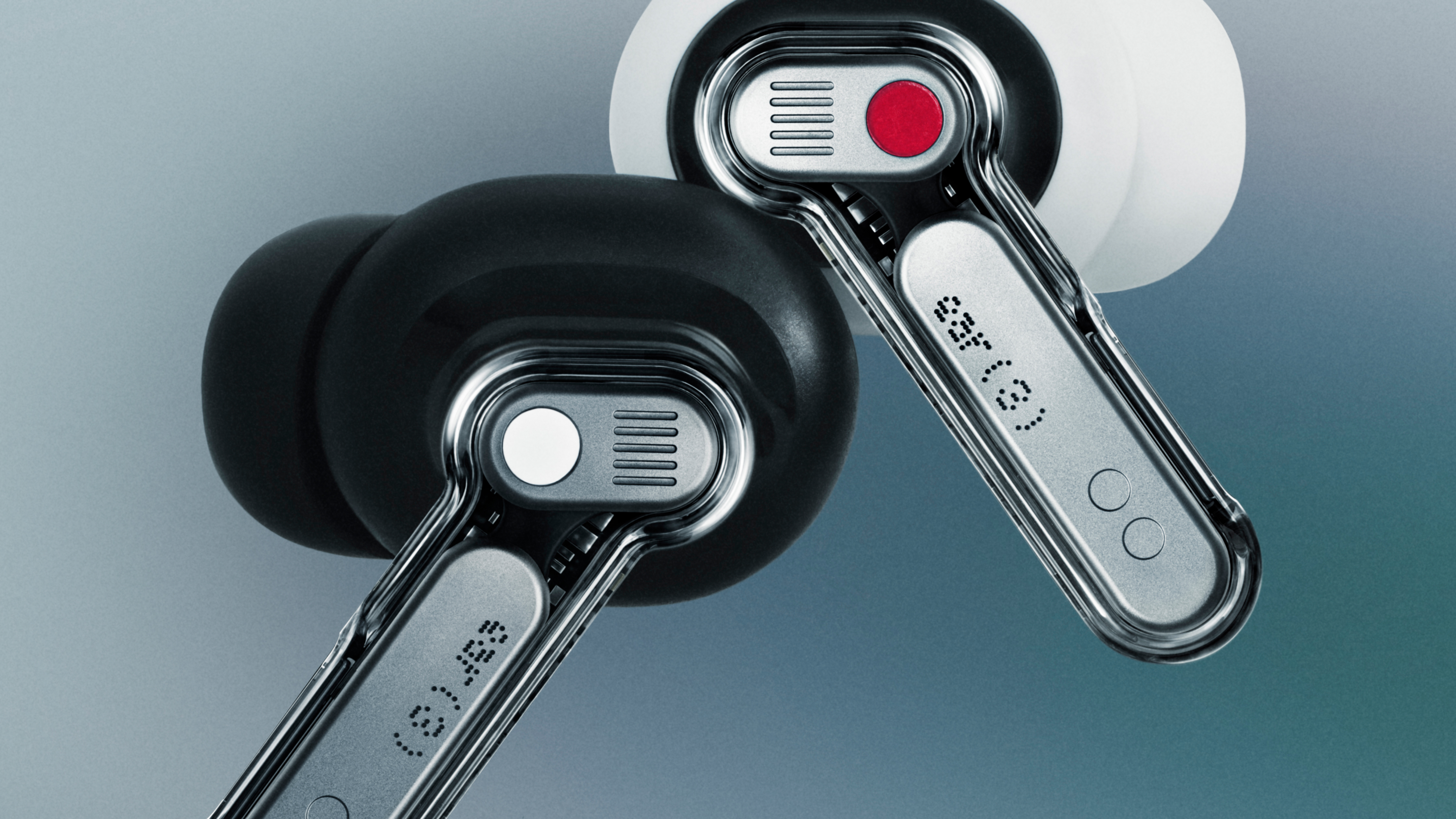 The best wireless in-ear headphones, tested by experts
The best wireless in-ear headphones, tested by expertsOur latest round up of the best wireless in-ear headphones includes products from Apple, Bang & Olufsen, Bose, JBL, Nothing, and Sony
-
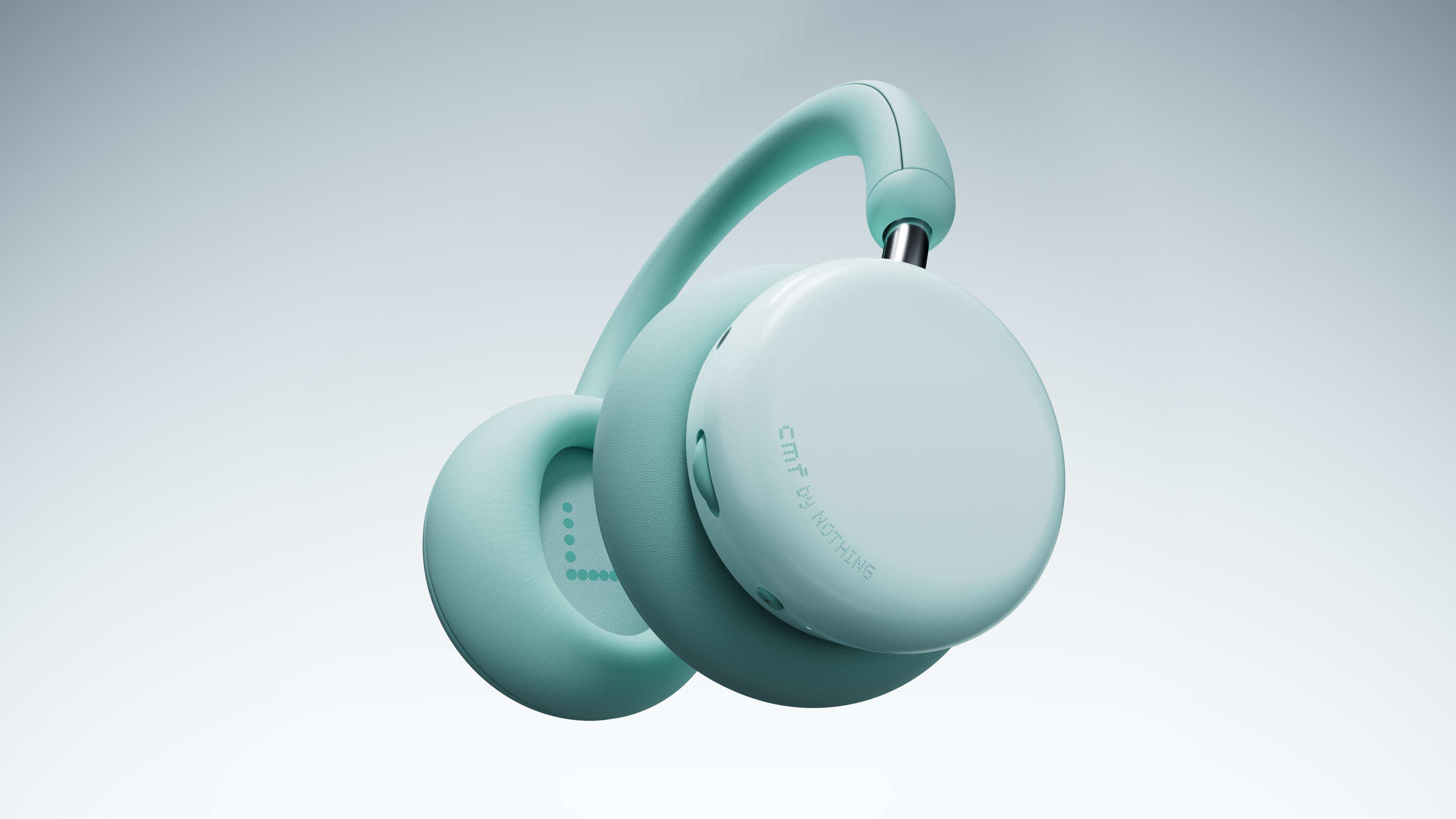 CMF Headphone Pro is the latest product from Nothing’s diffusion range of entry-level tech
CMF Headphone Pro is the latest product from Nothing’s diffusion range of entry-level techCMF continues its quest to bring high design to ultra-affordable devices with its new Headphone Pro, a chunky pair of feature-rich over ear headphones
-
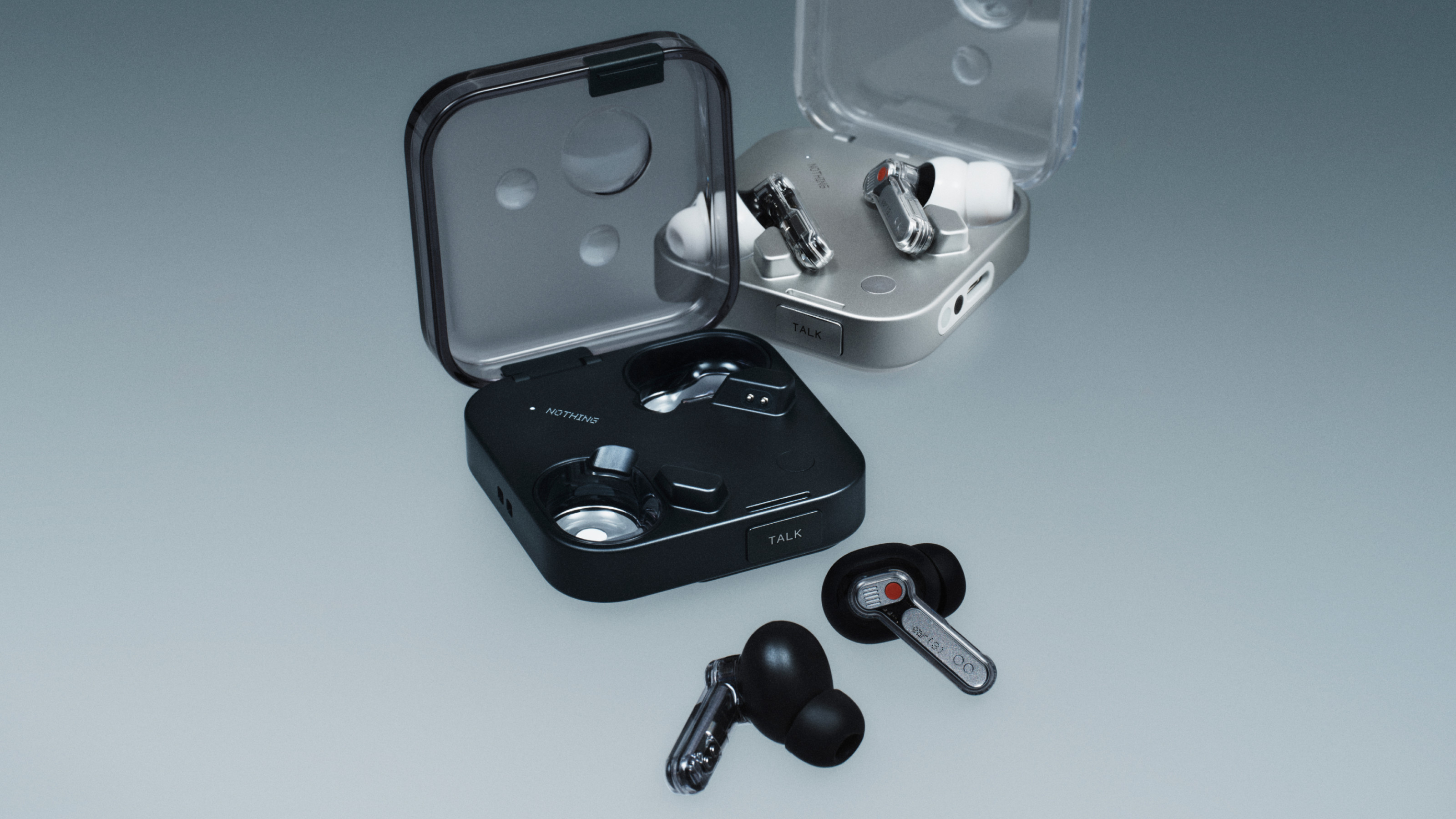 The new Nothing Ear (3) are fine-sounding earbuds with added audio functionality
The new Nothing Ear (3) are fine-sounding earbuds with added audio functionalityNothing’s latest upgrade brings the Super Mic to its earbud range, enhancing call quality and creating a handy voice memo taker
-
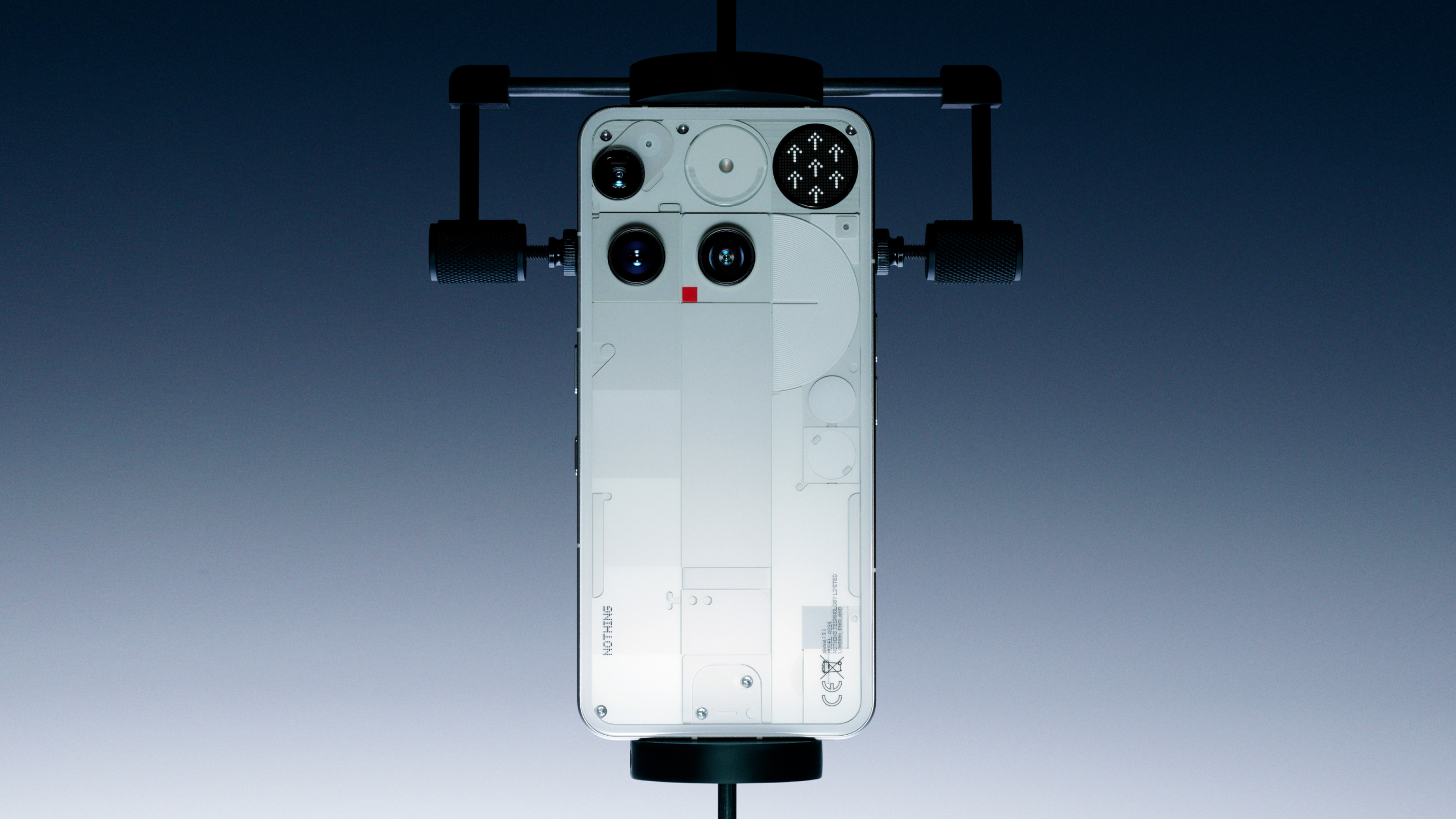 Nothing pitches itself into the premium realm with its new flagship Nothing Phone (3)
Nothing pitches itself into the premium realm with its new flagship Nothing Phone (3)The Nothing Phone (3) is a serious creative tool that brings fresh design, new features and a commitment to keeping tech fun
-
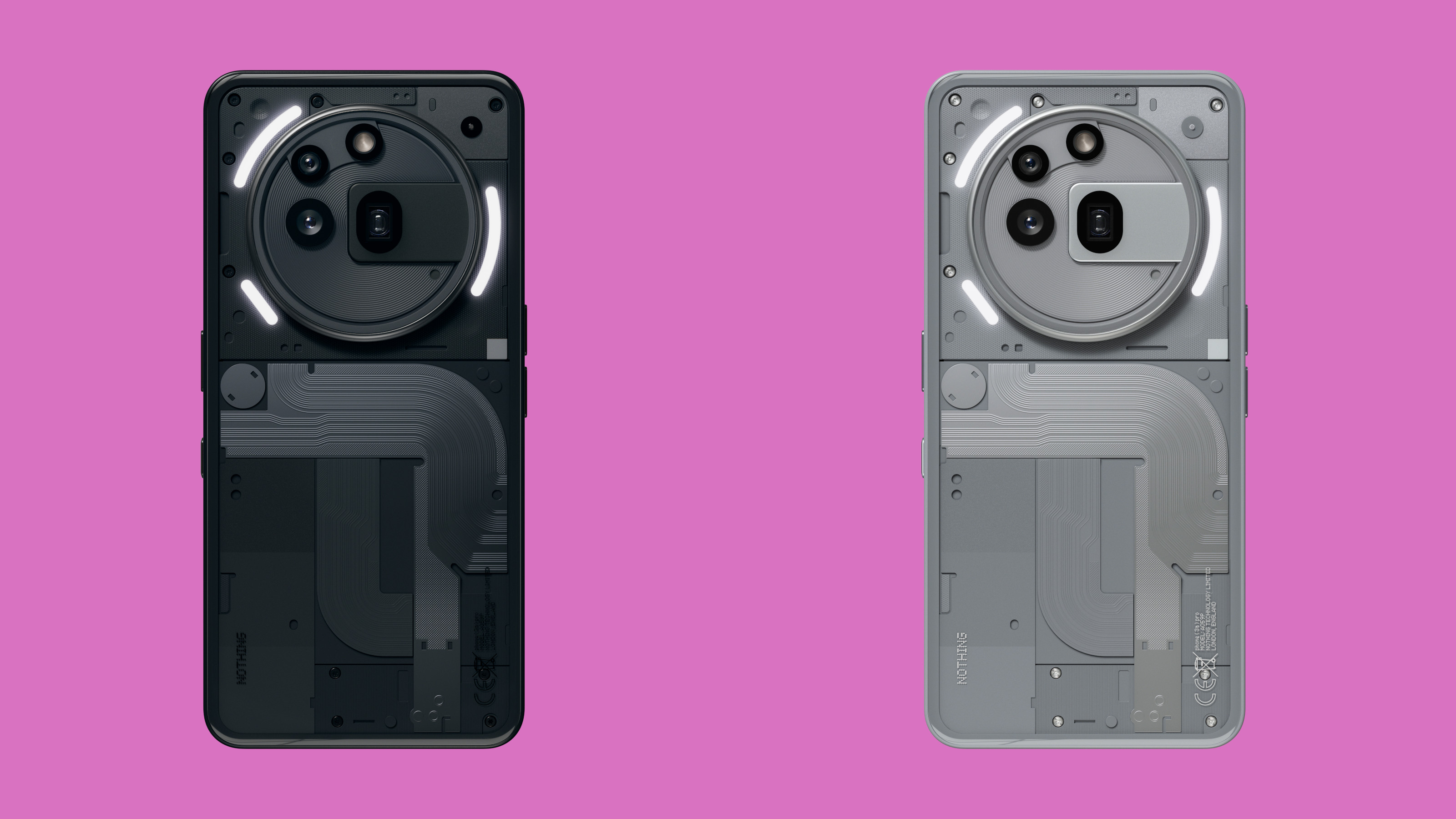 Hands on with the new Phone (3a) Series, Nothing's smartest smartphones to date
Hands on with the new Phone (3a) Series, Nothing's smartest smartphones to dateNothing has launched the Phone (3a) Pro and (3a), featured boosted camera power and the ability to deploy AI for good
-
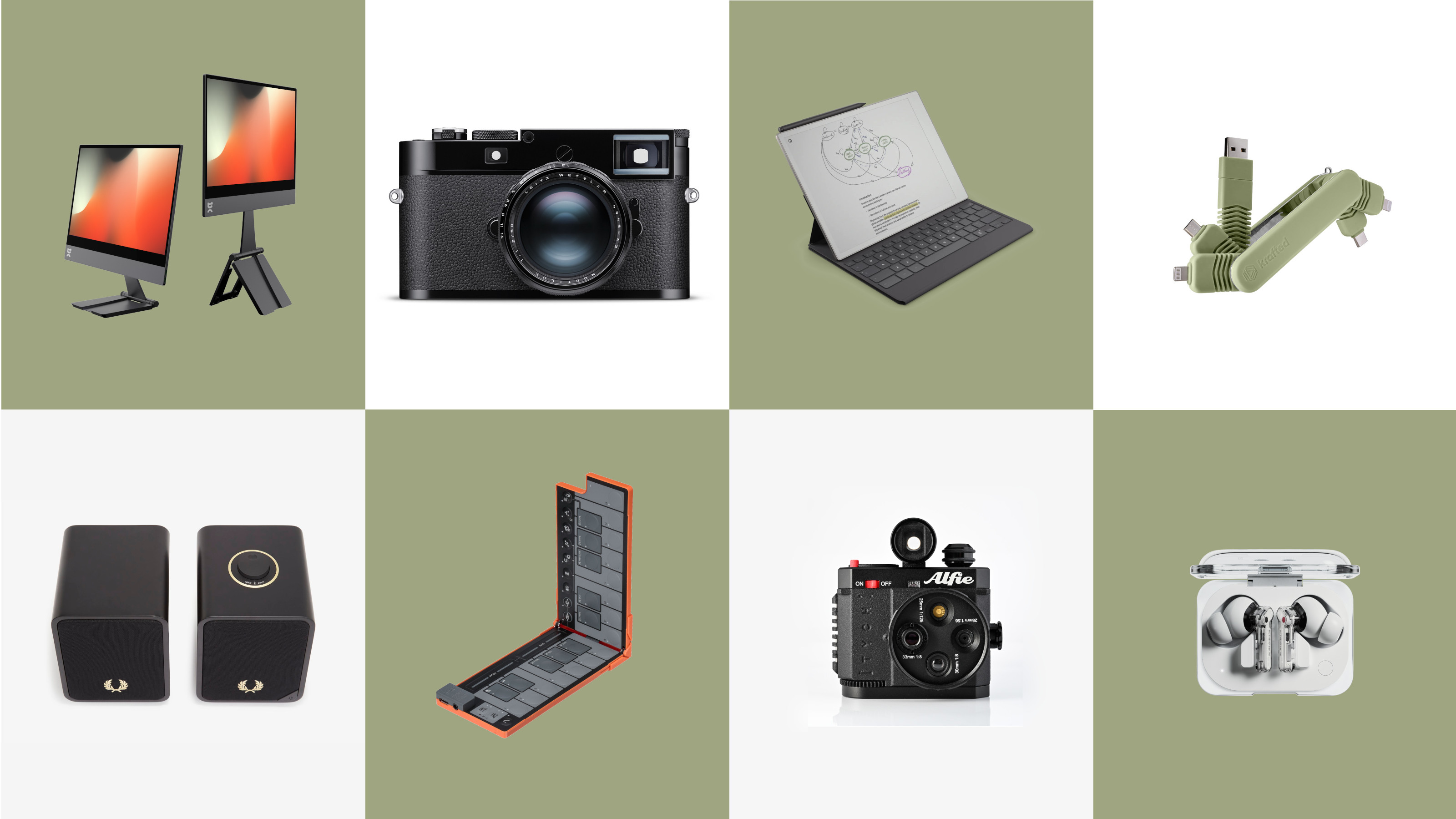 Tech editor Jonathan Bell selects 10 of the best giftable gadgets
Tech editor Jonathan Bell selects 10 of the best giftable gadgetsTen desirable devices cover all tech bases in our seasonal look at what’s new, novel and best suited for years of service
-
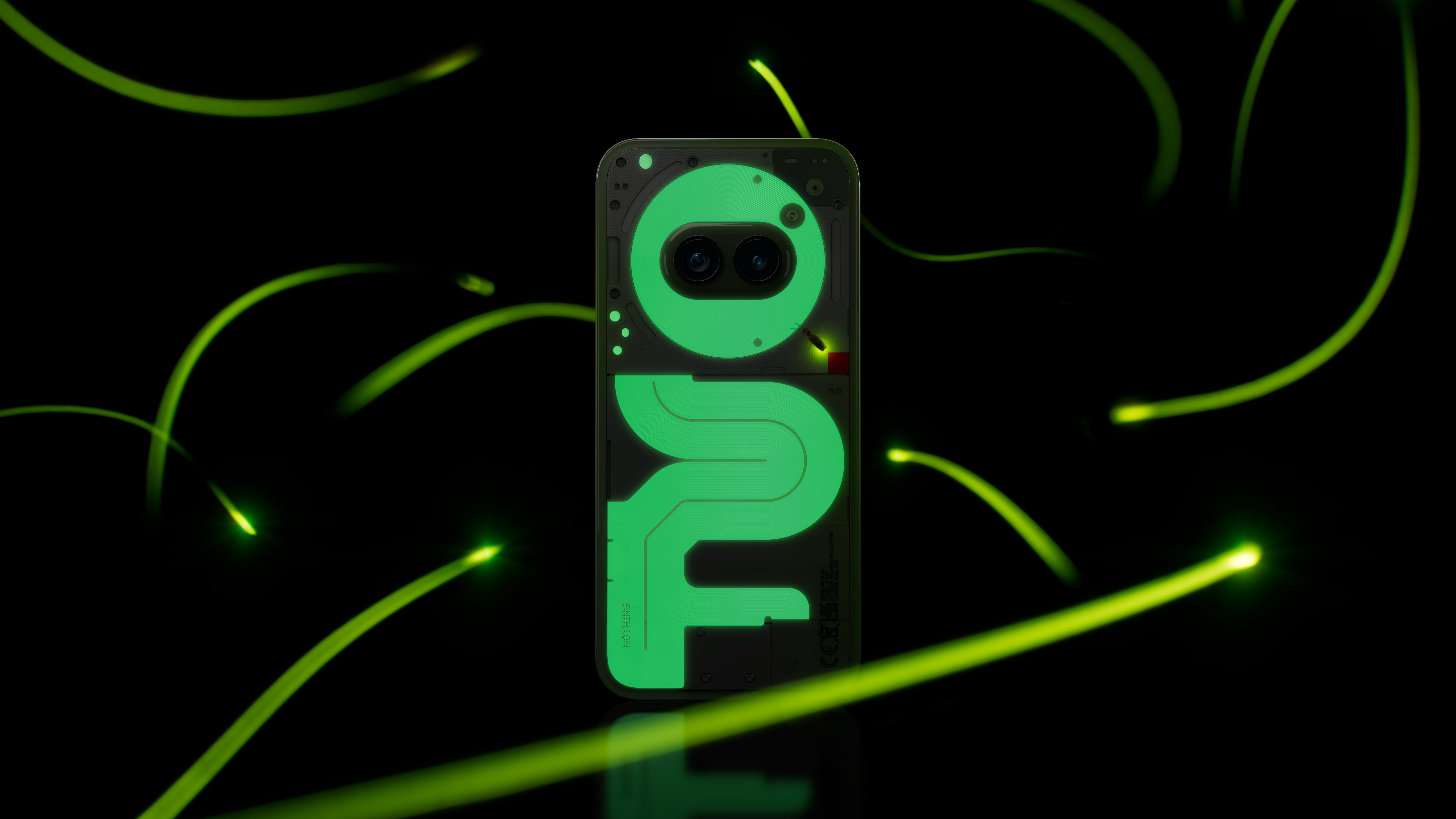 The Nothing Phone (2a) Plus Community Edition taps into the brand's creative followers
The Nothing Phone (2a) Plus Community Edition taps into the brand's creative followersThe unconventional features of Nothing Phone (2a)’s new limited edition come from a community-driven project to reshape the style and ethos of the smartphone
-
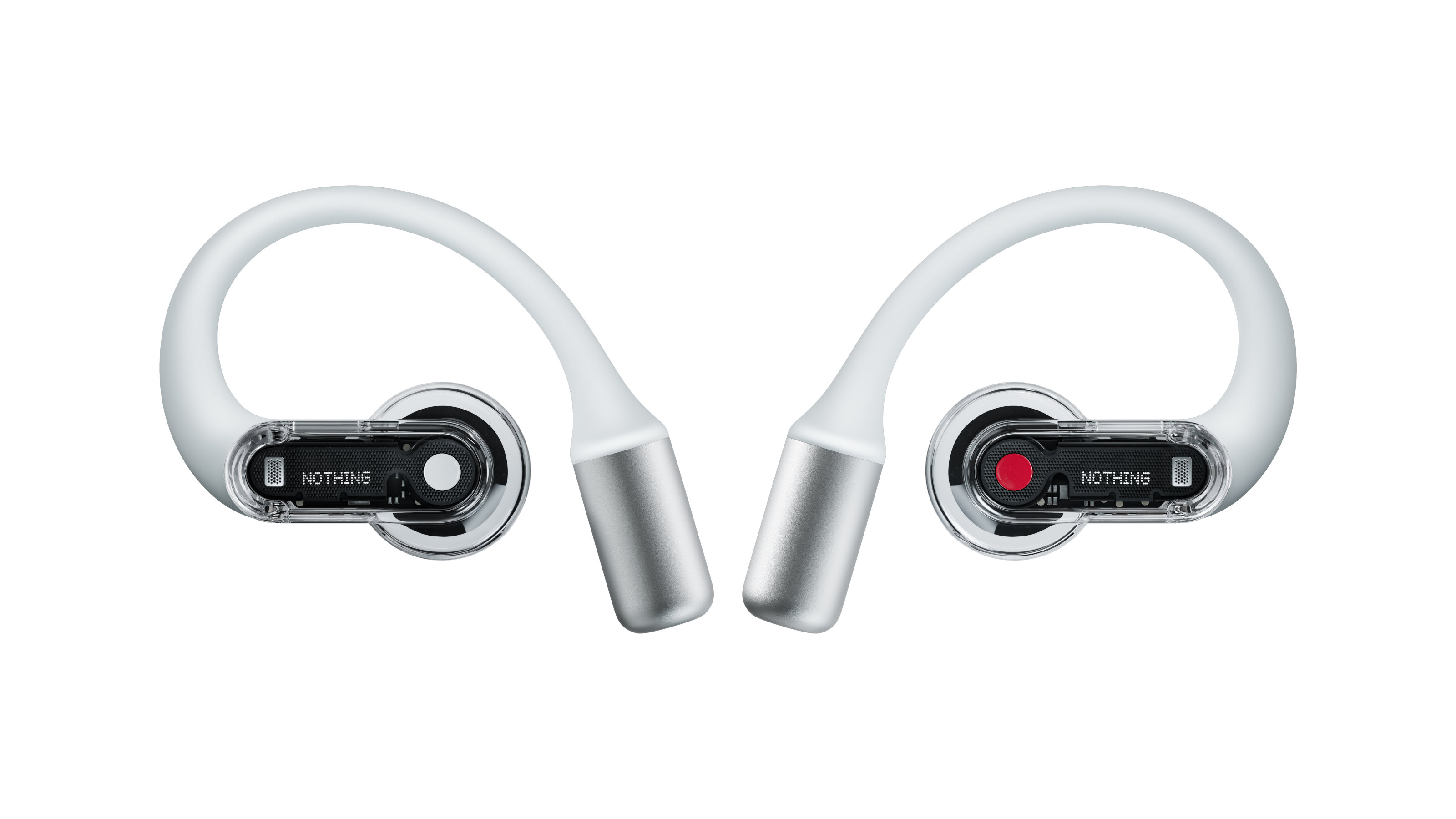 All-new Nothing Ear (open) offers up a different kind of listening experience
All-new Nothing Ear (open) offers up a different kind of listening experienceIf you find traditional earbuds cancel out too much of the outside world, Nothing has got you covered. We get down with the company’s new Ear (open) to experience this transparent new soundscape